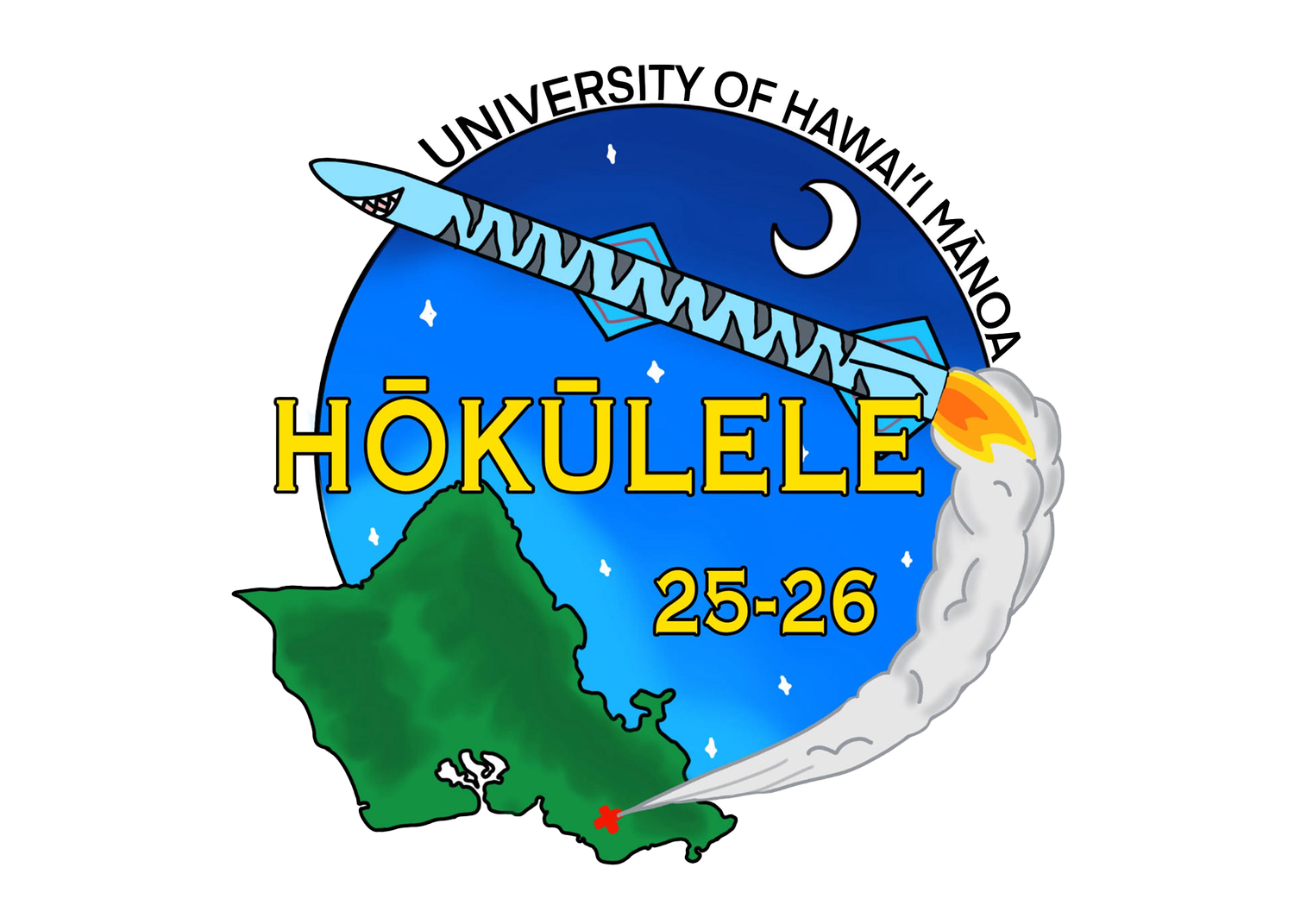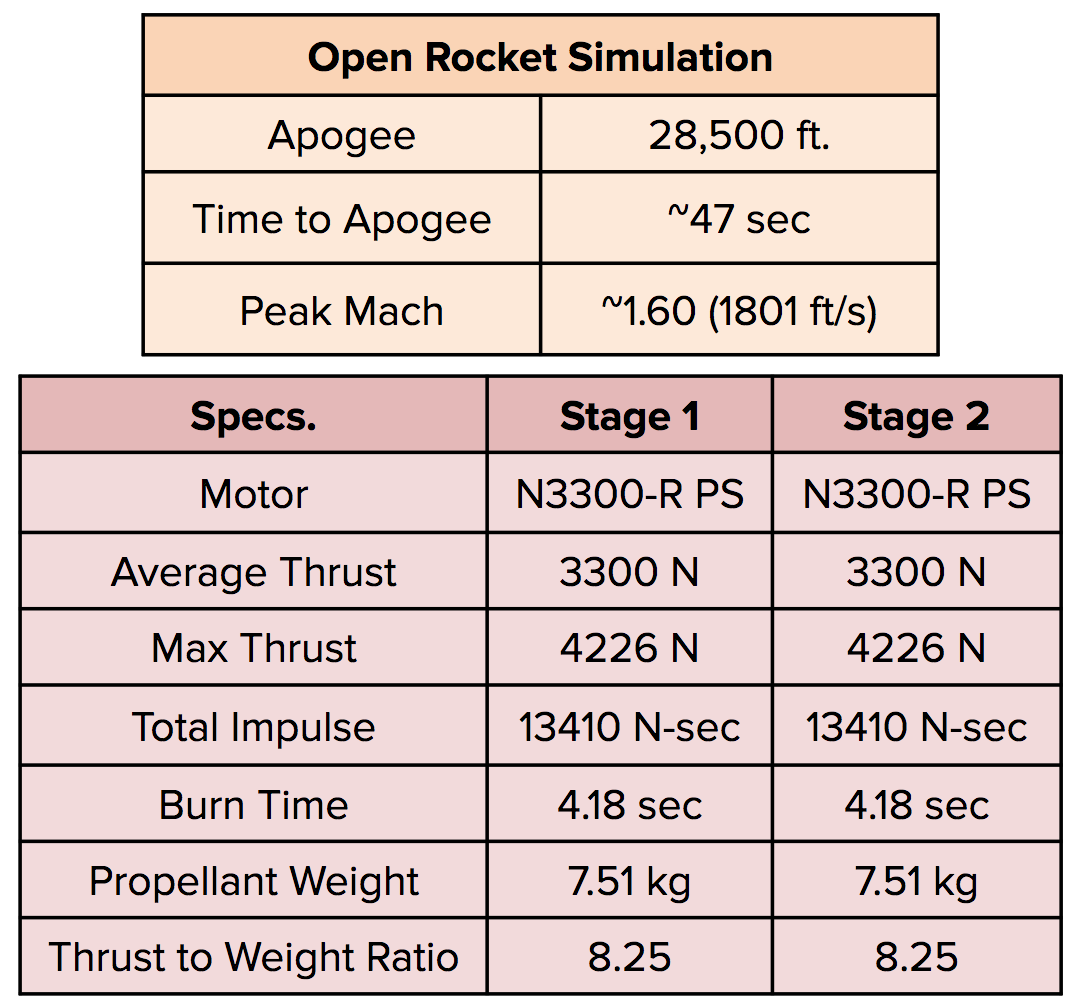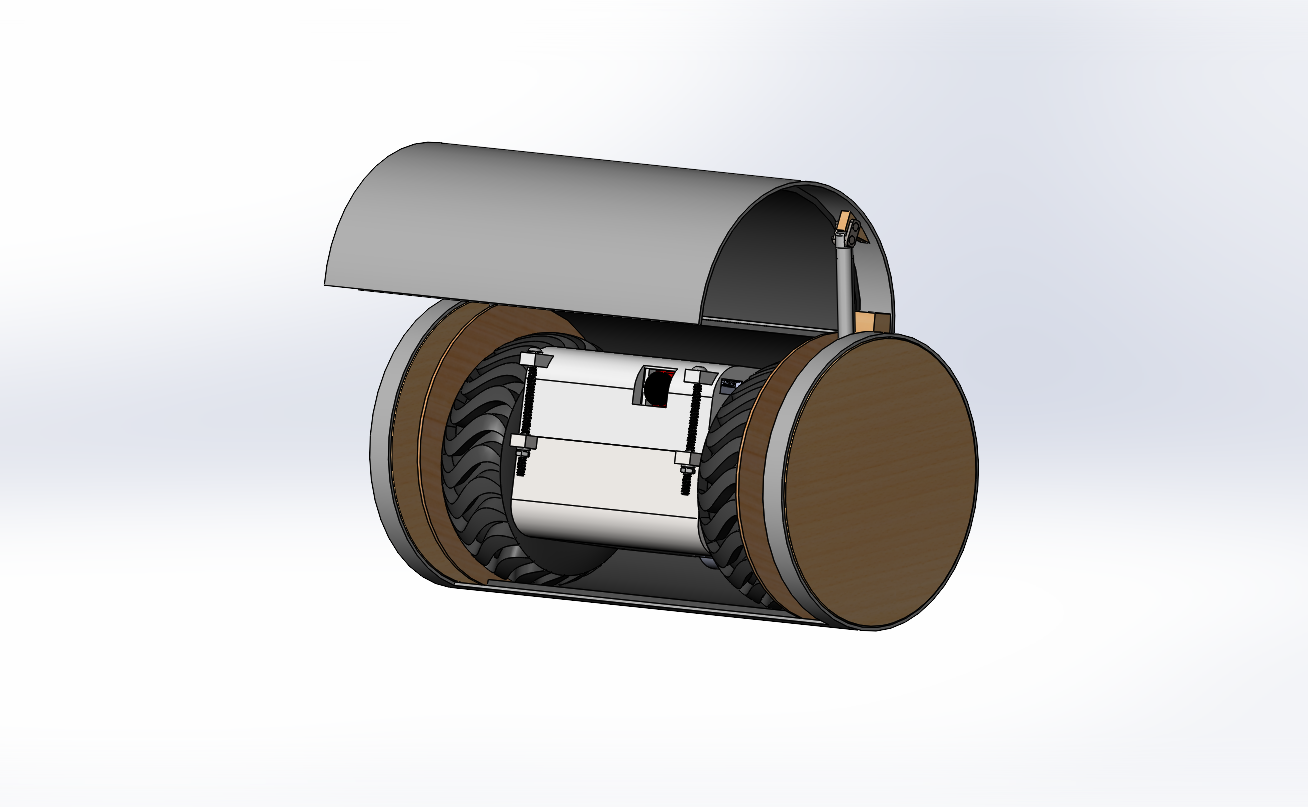2021 FRIENDS OF AMATEUR ROCKETRY (FAR) 1030
June 5, 2021
About
The FAR 1030, held in the Mojave Desert at the FAR rocketry range near Edwards Air Force Base in California, is a rocketry competition open to college, university, and amateur rocket teams. Students will be launching solid, liquid, and hybrid motor-based rockets containing various experimental payloads to target altitudes of 10,000 and 30,000 feet.
FAR 1030 Results
Team Hōkūlele placed 2nd in the 30,000 ft Category
Reached an apogee of 26,646 ft
Radio-controlled rover payload deployed successfully but was unable to successfully operate.
Some rocket was recovered in a reusable condition
2020-21 Season Goals
Design, build and launch a rocket capable of reaching an altitude of 25,000 - 30,00ft using the airframe designed last year
Design and build a radio-controlled rover payload capable of moving at least 10ft away from the rocket after touchdown
Recover rocket and payload in reusable condition
*Due to COVID-19, the team is currently conducting many project-related activities online but meets in-person for fabrication activities*
Propulsion + Recovery
Select a motor that will propel the rocket to a maximum altitude of 30,000 ft - 2x Aerotech N3300R
Ensure that the onboard avionics deploy at the optimum time so that the rocket reaches its maximum apogee
Integrate an improved recovery system utilizing a combination of methods that will reduce the shock experienced by the rocket when the parachute opens and prevent damage to the rocket’s internal components
Structure
Design and fabricate a rocket frame that provides overall mechanical integrity to the system
Structure should be able to withstand forces experienced during the entire flight sequence and support all interior components of the rocket
Create a new fin design that improves the rocket's stability and allows for a higher apogee
Payload
Fabricate and assemble a payload deployment system
Ensure the durability of the payload system and minimize its weight to maximize the rocket’s apogee
Fabricate and assemble a radio-controlled rover capable of traveling a distance of 10ft after touchdown
Ensure that the rover is controllable over several miles, that the chassis is durable enough to survive any impacts sustained, and minimize the rover’s weight
Finance
Ensure that the project is operating within budget
Ensure that the team is able to secure necessary resources within a timely manner
Current Balance Available: $12,760
Projected Expenses: $12,348









